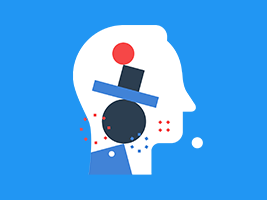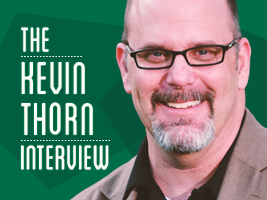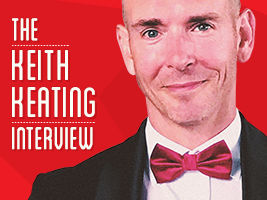
HOW TO PROVE THE VALUE OF YOUR L&D TEAM
Struggling to prove the value of your L&D team to stakeholders? Here are some practical pointers to help you with that.

Struggling to prove the value of your L&D team to stakeholders? Here are some practical pointers to help you with that.

We’re used to trying different tactics to make our content a little bit more engaging. But here, we are talking about a highly under-utilized tactic – humor. I can hear the alarm bells ringing already. The content is too serious! No one will laugh! I don’t know how to write humor!… and so on. Relax. This article explores a few tips you can use to incorporate a little bit of humor into your next instructional writing project. Hope you have fun!

This article is a light-hearted take on how to ensure course failure. So, have a read, and make sure you don’t implement any of the ideas listed.

L&D teams seem to follow an all or nothing approach when it comes to learning impact measurement. If you’re measuring a lot of parameters, then good. But if you’re measuring nothing, here are some pointers to get started.

As human beings, we’re wired to make decisions from the gut. But if we are part of any profession that requires making decisions (cue: nearly every profession), we have a responsibility to inform ourselves of the evidence-based practices in our field, and use that understanding to make decisions. This article explores when we should be deep diving into the principles, and when it’s okay to use our intuition for decision making.

In this exclusive interview with Learnnovators, Stella Collins shares her insights on how learning really works in the human brain. She explains her views on the significance of having a better understanding of ‘brain science’ and mastering ways to bring that into learning design. Stella’s recommendation to give people the ‘skills of learning’ first before we ask them to self-direct their learning, is highly thought-provoking.

We come across training design declarations on social media that range from the strange to the utterly unfounded as we all rush to generate content so that we can claim design thought-leadership. All of us who are content creators can sympathize with that pressure, for sure! But, it’s also necessary to be wary because sometimes the claims we make are the result of seriously flawed reasoning.

In this exclusive interview with Learnnovators, Nick Shackleton Jones shares his insights on how people really learn. He explains his views on the difference between education and learning in the context of our workplaces. Nick’s recommendation to provide relevant resources, accessible at the point of need to our people at work, so as to ensure that ‘less learning’ will take place, is highly thought-provoking.

In this exclusive interview with Learnnovators, John Hinchliffe shares his insights on the changing nature of workplace learning in relation to the world of work.

In this exclusive interview with Learnnovators, Kevin Thorn shares his insights on the changing nature of e-learning for workplace training.

In this exclusive interview with Learnnovators, Sanya Talwar, Editor at LawBeat and an Independent POSH & Gender Consultant, offers many valuable take-aways for making organizations safe for women.

In this exclusive interview with Learnnovators, Keith Keating shares his insights on the changing nature of workplace learning from the perspective of design thinking.